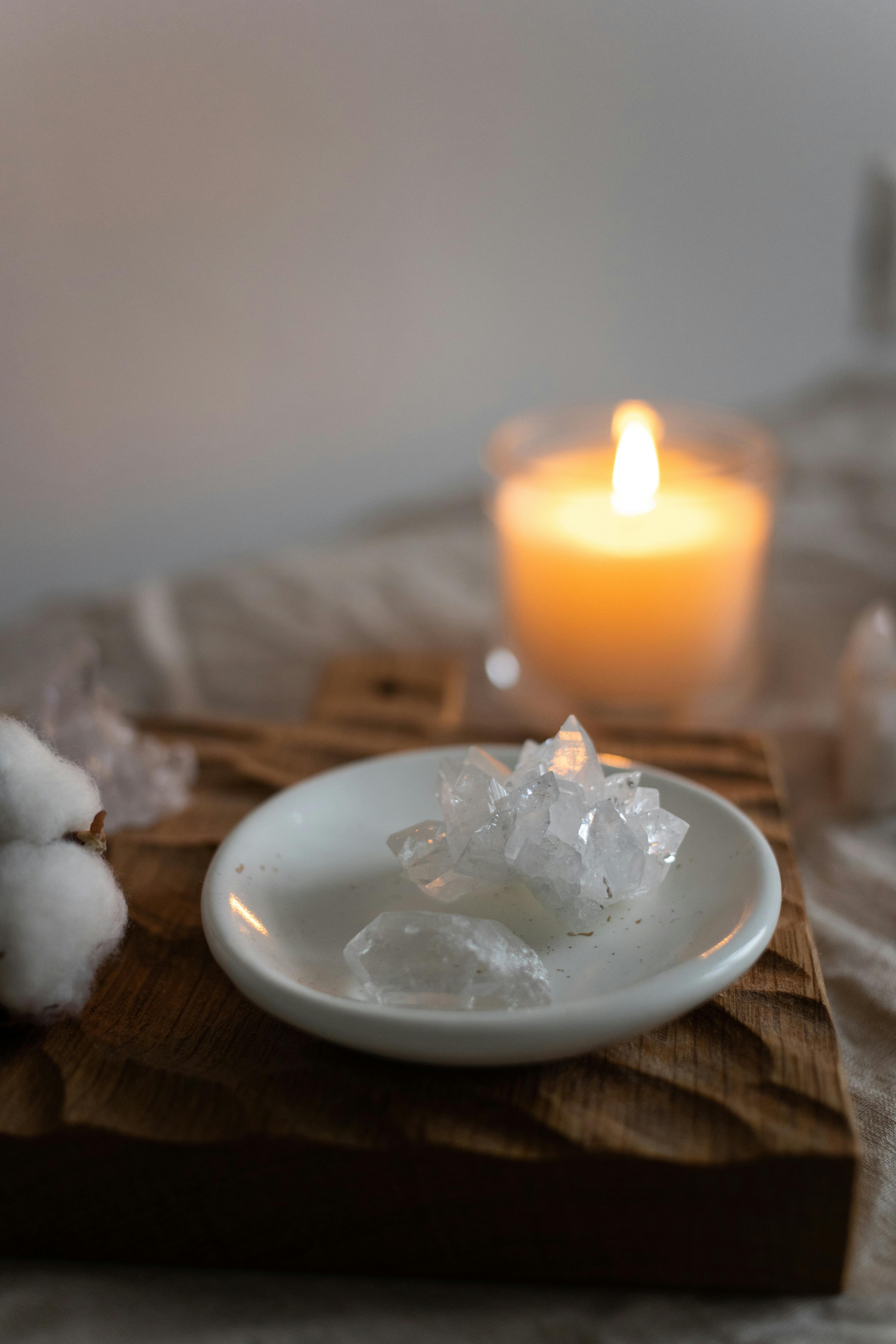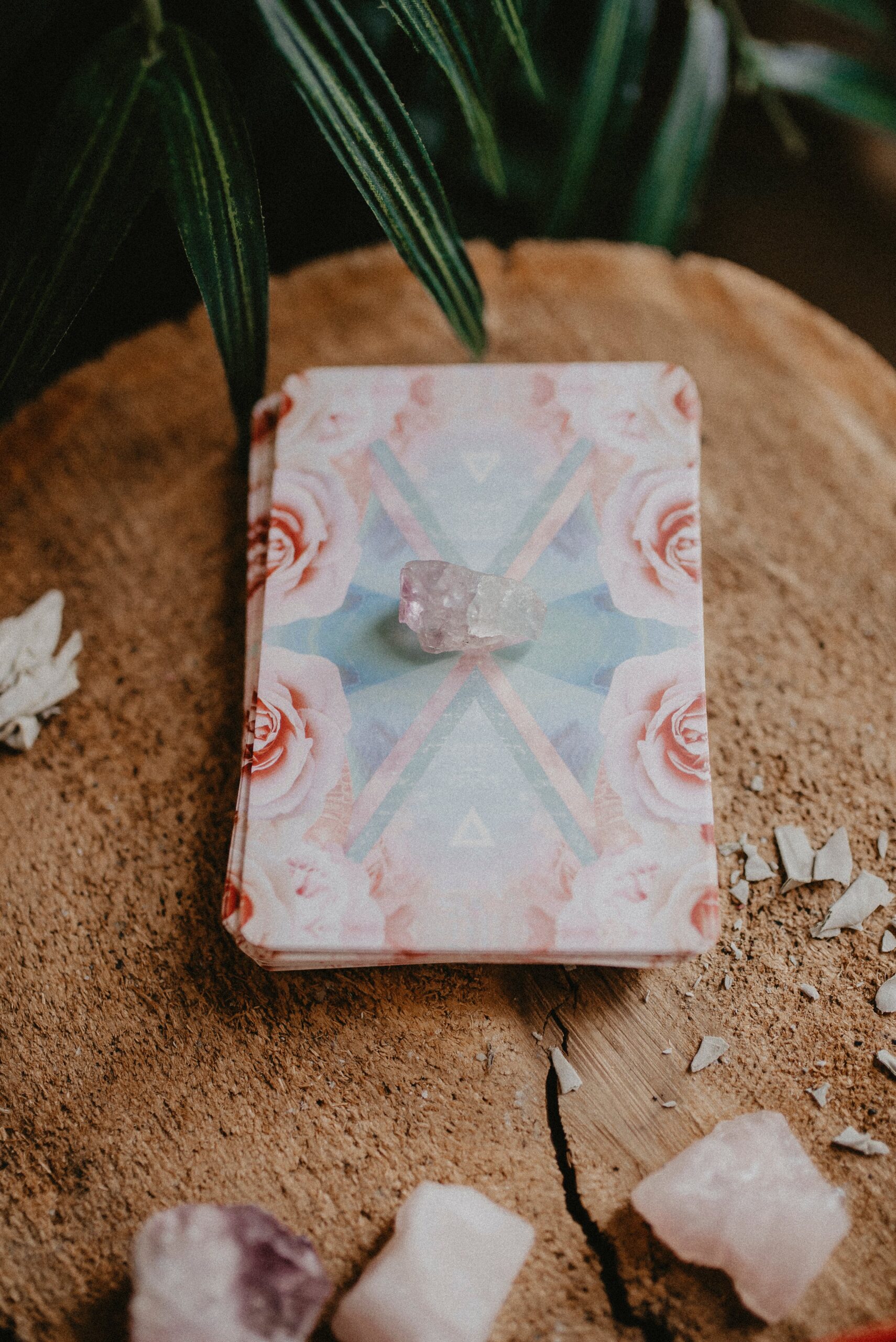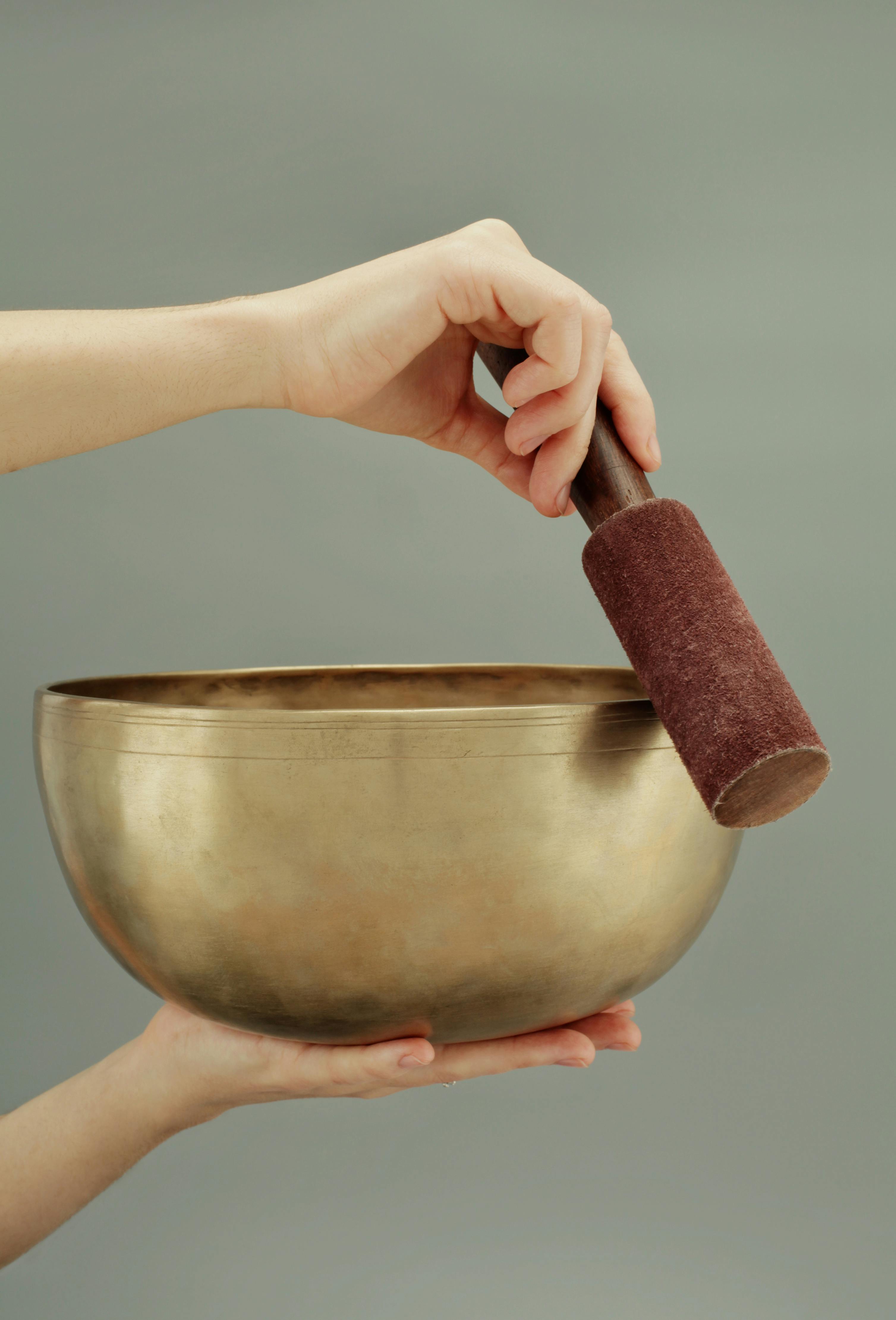Discover the essential practices for post-treatment care and maintenance after undergoing Ayurvedic treatments. Ayurveda, a system of medicine that originated in India, focuses on restoring and maintaining balance in the body, mind, and spirit. This enriching article provides valuable insights into the traditional practices and remedies recommended by Ayurvedic practitioners, allowing you to extend the therapeutic benefits of your treatment and continue on a path to holistic wellness. Ignite your curiosity and embark on a journey of self-care rooted in ancient wisdom.

Importance of Post-Treatment Care in Ayurveda
In the realm of Ayurveda, post-treatment care holds significant importance to ensure the complete wellness and long-lasting effects of the treatment received. It is during this phase that we, as patients, have the opportunity to nurture the healing process initiated by the treatment and promote rejuvenation on both a physical and mental level. By adhering to the guidelines laid out by Ayurvedic practitioners, we can enhance the benefits and prevent any potential setbacks.
Understanding the significance of post-treatment care
Post-treatment care serves as a crucial bridge between the treatment received and the overall well-being we seek. It allows our bodies to integrate the changes brought about by the Ayurvedic treatment and helps us maintain balance in our daily lives. Without proper post-treatment care, the body may revert to its previous state, and the effects of the treatment may diminish over time. Therefore, by acknowledging the significance of post-treatment care, we take an active role in our healing journey and optimize the outcomes of the Ayurvedic treatment.
The role of Ayurvedic practitioners in post-treatment care
Ayurvedic practitioners play a vital role in guiding us through the post-treatment phase. They have the knowledge and expertise to assess our individual needs and prescribe personalized plans for post-treatment care. These practitioners take into consideration our specific body type, dosha imbalances, and overall health condition to provide tailored advice on dietary practices, lifestyle recommendations, home remedies, hygiene, and cleanliness practices, as well as emotional and mental well-being. Their guidance ensures that we embark on a holistic approach to post-treatment care, addressing all aspects of our well-being.
Dietary Practices for Post-Treatment Care
Balanced Diet for Rejuvenation
A balanced diet plays a central role in promoting rejuvenation and maintaining equilibrium after Ayurvedic treatment. It is essential to consume fresh, whole foods that are nutrient-dense and easily digestible. This includes incorporating a variety of fruits, vegetables, whole grains, legumes, and lean proteins into our meals. Furthermore, it is advisable to avoid processed foods, excess sugar, caffeine, and alcohol, as they can disrupt the body’s healing process and impede progress.
Specific dietary guidelines for different body types
Ayurveda recognizes that each individual has a unique body constitution known as dosha. There are three doshas: Vata, Pitta, and Kapha. Understanding our dosha can guide us in making appropriate dietary choices to support post-treatment care. For example, Vata-dominant individuals benefit from grounding foods, such as root vegetables, while Pitta-dominant individuals should consume cooling foods to balance their fiery energy. Kapha-dominant individuals, on the other hand, require warming and light foods to prevent stagnation.
Avoiding incompatible food combinations
Ayurveda emphasizes the importance of proper food combinations to support digestion and avoid imbalances. Certain food combinations can create toxicity in the body and hinder the healing process. For instance, combining incompatible food groups, such as fruit and dairy, can lead to indigestion and disrupt the body’s natural equilibrium. It is advisable to consult with an Ayurvedic practitioner to learn about compatible food combinations and optimize our post-treatment care.
Incorporating Ayurvedic herbs and spices into the diet
Ayurvedic herbs and spices are not only renowned for their flavor-enhancing properties but also for their therapeutic benefits. Incorporating herbs and spices such as turmeric, ginger, cumin, coriander, and ashwagandha into our meals can support post-treatment care. These ingredients possess medicinal properties that aid digestion, reduce inflammation, boost immunity, and promote overall well-being. Ayurvedic practitioners can guide us in identifying the appropriate herbs and spices for our specific needs and dosha imbalances.

Lifestyle Recommendations for Post-Treatment Care
Daily self-care routines
Daily self-care routines play a fundamental role in post-treatment care. These routines, known as dinacharya, involve practices such as oil pulling (swishing oil in the mouth), tongue scraping, and dry brushing. These rituals not only promote oral hygiene, but they also stimulate lymphatic drainage, improve circulation, and support detoxification. Incorporating dinacharya into our daily routine enables us to maintain a state of balance and alignment between our mind, body, and spirit.
Maintaining proper sleep patterns
Adequate and restful sleep is crucial for the body’s healing and rejuvenation process. Establishing a consistent sleep routine and creating a conducive sleep environment can significantly contribute to post-treatment care. Ayurveda recommends going to bed early and waking up early to align with the natural rhythms of the day. Additionally, practicing relaxation techniques and incorporating soothing aromatherapy, such as lavender, can promote deep and restorative sleep.
Exercising according to body type
Physical activity is an essential component of post-treatment care, but it should be tailored to our individual body type. Engaging in activities that align with our dosha can prevent aggravation and promote overall well-being. For instance, Vata-dominant individuals benefit from gentle exercises such as yoga and walking, while Pitta-dominant individuals may enjoy swimming or cycling. Kapha-dominant individuals thrive with more energetic and stimulating exercises, such as dancing or aerobics.
Managing stress levels
Stress can have a detrimental impact on our health and impede the progress of post-treatment care. Therefore, incorporating stress-management techniques into our daily routine is crucial. Ayurveda recommends practicing meditation, deep breathing exercises, and incorporating adaptogenic herbs, such as holy basil and ashwagandha, to combat stress and promote emotional well-being. Regularly engaging in activities that bring joy and relaxation, such as listening to music, gardening, or spending time in nature, can also contribute to stress reduction.
Home Remedies for Post-Treatment Care
Herbal teas and decoctions
Herbal teas and decoctions have been used for centuries in Ayurveda to support post-treatment care. These infusions are prepared by boiling specific herbs in water to extract their medicinal properties. For example, ginger tea can aid digestion and reduce inflammation, while holy basil tea can promote relaxation and enhance the immune system. Ayurvedic practitioners can guide us in selecting the appropriate herbs and creating personalized tea blends to strengthen our post-treatment care regimen.
Ayurvedic oils and massage therapies
Ayurvedic oils and massage therapies offer therapeutic benefits for post-treatment care. Abhyanga, a self-massage using warm oil, can improve circulation, promote detoxification, and nourish the skin. Different oils, such as sesame oil for Vata, coconut oil for Pitta, and mustard oil for Kapha, can be used to balance specific dosha imbalances. Additionally, Ayurvedic practitioners may recommend specialized massages, such as Shirodhara (oil pouring on the forehead) or Pinda Sweda (herbal bolus massage) for targeted healing and rejuvenation.
Nasya (nasal therapy) for respiratory health
Nasya, a nasal therapy, is a valuable home remedy for post-treatment care, particularly for respiratory health. This practice involves administering medicated oils or herbal powders into the nostrils to lubricate and purify the nasal passages. Nasya can alleviate congestion, improve breathing, and strengthen the respiratory system. It is important to receive guidance from an Ayurvedic practitioner to ensure the proper technique and selection of substances for this therapy.
Oral hygiene practices
Oral hygiene is essential for overall health and should not be overlooked during post-treatment care. Ayurveda recommends practices such as oil pulling, tongue scraping, and herbal mouth rinses to maintain oral hygiene and support detoxification. Oil pulling involves swishing oil in the mouth for several minutes to remove toxins and bacteria. Tongue scraping helps remove bacteria and debris from the tongue, while herbal mouth rinses with antimicrobial properties can refresh the breath and promote oral health.

Hygiene and Cleanliness Practices for Post-Treatment Care
Personal hygiene practices
Maintaining personal hygiene is vital for post-treatment care to prevent any potential infections or complications. Ayurveda emphasizes maintaining cleanliness by practicing regular bathing or showering, brushing teeth twice a day with herbal toothpaste, and cleansing the senses by removing excess earwax and trimming nails. These simple yet essential practices promote hygiene at an individual level and contribute to the overall well-being of the body.
Maintaining clean living spaces
Clean living spaces are conducive to healing and rejuvenation. Regular cleaning, dusting, and organizing our living environment contribute to the overall cleanliness and positive energy of the space. Ayurveda recommends using natural cleaning agents, such as lemon juice and vinegar, to minimize exposure to chemicals. Additionally, incorporating aromatic herbs and plants, such as tulsi (holy basil) or lavender, can purify the air and create a serene atmosphere within our living spaces.
Purification rituals and ceremonies
Purification rituals and ceremonies are an integral part of post-treatment care in Ayurveda. These rituals involve cleansing the energy of our homes and ourselves to create a harmonious environment. Burning sacred herbs, such as sage or palo santo, can purify the air and dispel negative energies. Additionally, performing rituals such as Agnihotra (fire ritual) or offering prayers can help create an uplifting and spiritually aligned space for healing and rejuvenation.
Follow-up Consultations with Ayurvedic Practitioners
The importance of regular follow-up consultations
Regular follow-up consultations with Ayurvedic practitioners are essential for monitoring progress and adjusting treatment plans during the post-treatment care phase. These consultations provide an opportunity to address any concerns or questions that arise, ensuring that the treatment is on track and yielding the desired results. By staying connected with our Ayurvedic practitioners, we can continue to receive personalized guidance and support throughout our healing journey.
Monitoring progress and adjusting treatment plans
During follow-up consultations, Ayurvedic practitioners assess our progress and make any necessary adjustments to our treatment plans. They may modify dietary recommendations, prescribe new herbal formulations, or suggest additional therapies based on our evolving needs. By closely monitoring our progress and making timely modifications, Ayurvedic practitioners ensure that we receive the most effective and tailored post-treatment care possible.
Potential Side Effects and Precautions for Post-Treatment Care
Identifying and managing potential side effects
While Ayurvedic treatments are generally considered safe and gentle, it is essential to be aware of potential side effects that may arise during the post-treatment care phase. These side effects can include temporary worsening of symptoms, detoxification reactions, or allergic reactions to certain herbs or oils. Ayurvedic practitioners guide us in identifying and managing these side effects by recommending appropriate measures such as adjusting the dosage, modifying the treatment plan, or providing specific remedies to alleviate discomfort.
Adhering to precautions and restrictions
Ayurvedic practitioners may provide specific precautions and restrictions to follow during post-treatment care. These guidelines are designed to support the healing process and ensure optimal results. For example, they may advise avoiding cold or heavy foods, excessive physical exertion, or exposure to extreme weather conditions. By adhering to these precautions and restrictions, we minimize the risk of setbacks and allow our bodies to fully benefit from the treatment received.
Knowing when to seek immediate medical attention
While Ayurveda offers holistic and natural approaches to healing, it is crucial to recognize when immediate medical attention is required. In certain situations, such as severe allergic reactions, persistent worsening of symptoms, or acute medical emergencies, seeking timely medical care is essential. Ayurvedic practitioners emphasize the importance of being aware of our bodies and seeking appropriate medical attention when necessary, even while undergoing post-treatment care in Ayurveda.
Emotional and Mental Well-being in Post-Treatment Care
Embracing mindfulness and meditation
Emotional and mental well-being are integral components of post-treatment care. Ayurveda encourages practices such as mindfulness and meditation to cultivate a calm and balanced state of mind. These practices help reduce stress, enhance self-awareness, and promote emotional resilience. By allocating a few minutes each day to quiet reflection and conscious breathing, we can nurture our emotional well-being and support the healing process initiated by the Ayurvedic treatment.
Practicing gratitude and positive affirmations
Gratitude and positive affirmations can have a profound effect on our mental well-being and support post-treatment care. Expressing gratitude for the healing process and the positive changes experienced can shift our mindset towards optimism and create a positive outlook. Incorporating positive affirmations into our daily routine can reinforce positive beliefs and foster a sense of empowerment. By consciously focusing on gratitude and positive affirmations, we invite positivity into our lives and further enhance the benefits of Ayurvedic treatment.
Seeking support from Ayurvedic practitioners
During the post-treatment care phase, it is essential to maintain open lines of communication with our Ayurvedic practitioners and seek their guidance and support. They can provide valuable insights into managing emotional and mental well-being, crafting personalized practices, and recommending additional Ayurvedic remedies or therapies. By actively engaging with our Ayurvedic practitioners, we can address any emotional or mental challenges that arise and receive tailored support to navigate the healing journey.
Incorporating Ayurveda into Everyday Life Post-Treatment
Continuing Ayurvedic practices for long-term benefits
Post-treatment care is not a temporary phase but a foundation for long-term well-being. Incorporating Ayurvedic practices into our everyday lives beyond the treatment period promotes sustained health and balance. By continuing to follow the dietary guidelines, lifestyle recommendations, home remedies, and hygiene practices outlined by Ayurvedic practitioners, we can reap the long-term benefits of Ayurveda and maintain a state of optimal well-being.
Modifying lifestyle choices and habits
In the post-treatment phase, it is crucial to assess our lifestyle choices and habits and make necessary modifications to support our overall well-being. This may include cultivating mindful eating habits, incorporating regular exercise, managing stress levels, and fostering healthy social connections. Ayurveda encourages us to consciously choose activities, relationships, and environments that nourish and uplift our mind, body, and spirit. By aligning our lifestyle choices with Ayurvedic principles, we can create a sustainable and harmonious life post-treatment.
Creating a harmonious living environment
Our living environment has a profound impact on our overall well-being, even after Ayurvedic treatment. It is important to create a space that supports our physical, emotional, and spiritual health. This can involve decluttering, enhancing natural light, incorporating plants and natural elements, and cleansing the space energetically through rituals or sacred practices. By cultivating a harmonious living environment, we create a sanctuary that nurtures our well-being and complements the effects of post-treatment care.
Conclusion
Post-treatment care in Ayurveda is not merely an afterthought but an essential phase in the healing journey. By embracing the dietary practices, lifestyle recommendations, home remedies, hygiene practices, and emotional well-being strategies outlined by Ayurvedic practitioners, we can optimize the benefits of our Ayurvedic treatment and integrate them into our everyday lives. By taking an active role in our post-treatment care, we support our overall well-being and pave the way for sustained health and harmony. Let us embark on this journey with dedication, reverence, and gratitude, and experience the transformative power of Ayurveda in our lives.
